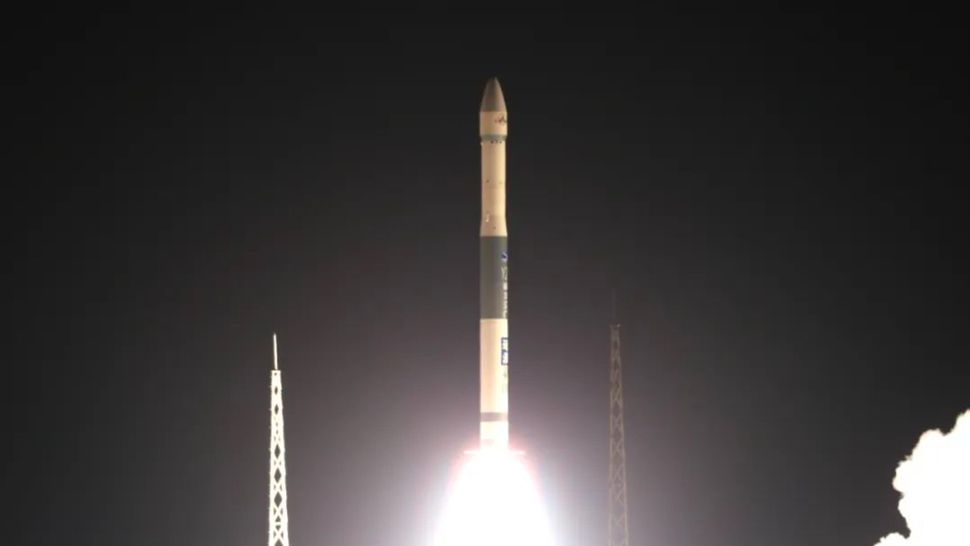
China’s 1st launch of 2024 puts 4 small weather satellites into orbit (video) (Image Credit: Space.com)
China has conducted its first launch of what is likely to be a busy year in space.
A Kuaizhou 1A solid rocket lifted off from a transport erector launcher at the Jiuquan Satellite Launch Center in the Gobi Desert at 6:20 a.m. EST (1120 GMT and 7:20 p.m. Beijing time) on Jan. 5.
Aboard were four Tianmu-1 weather satellites, numbered 15-18. The satellites join two other sets of four Tianmu-1 satellites, which were launched separately on Dec. 24 and Dec. 27 last year.
Related: China launches 2 sets of commercial weather satellites in 3-day span (video)

The spacecraft were developed by a subsidiary of the state-run China Aerospace Science and Industry Corporation, or CASIC. The new satellites entered near-polar orbits with an altitude of around 323 miles (520 kilometers), according to the U.S. Space Force space objects catalog.
The trio of Tianmu-1 launches took place within 12 days as part of efforts to build a constellation to provide commercial weather data. There are now 22 Tianmu-1 satellites in orbit.
Tianmu satellites detect changes to signals transmitted by navigation satellites such as GPS and Beidou as they pass through Earth’s atmosphere. The technique is known as GNSS radio occultation.
The Kuaizhou 1A was developed by CASIC and is operated by Expace, its launch spinoff. The successful cluster launches provide a boost to Expace as it seeks to establish itself in an apparently crowded Chinese commercial launch market. Last year Galactic Energy, another small solid rocket maker, conducted its own high-density launch campaign.
China conducted a national record 67 launches in 2023. The country has yet to release an outline of its launch plans for 2024.
Among major missions will be the Shenzhou 18 and 19 crewed flights and Tianzhou 7 and 8 cargo missions to the Tiangong space station. China will also attempt the unprecedented Chang’e 6 lunar far side sample-return mission.







